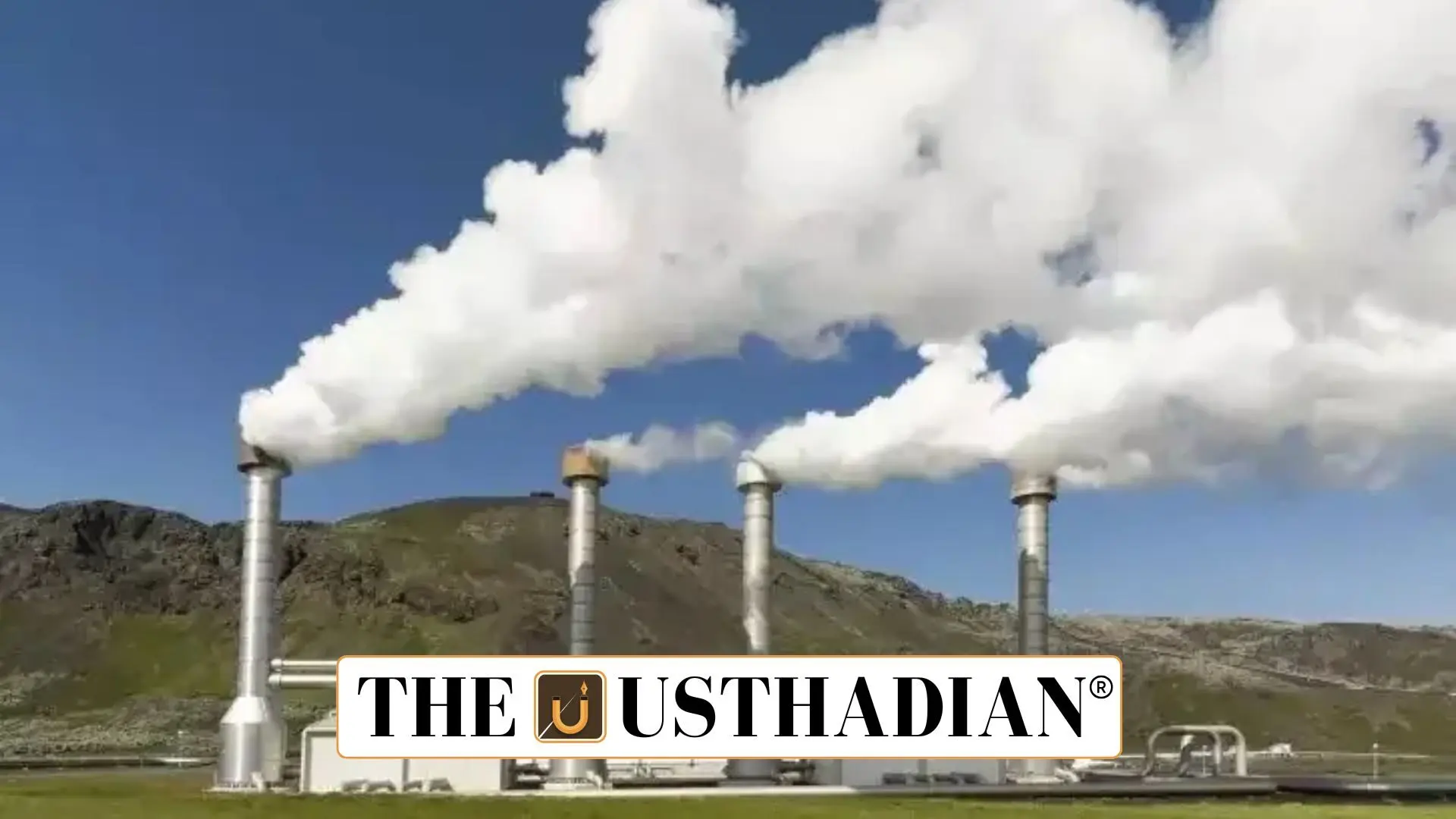A Milestone in India’s Renewable Energy Journey
Arunachal Pradesh Launches Northeast India’s First Geothermal Production Well: A Clean Energy Breakthrough: In a landmark development, Dirang in Arunachal Pradesh has become the first site in Northeast India to successfully establish a geothermal production well. Spearheaded by the Centre for Earth Sciences and Himalayan Studies (CESHS), this initiative marks a crucial step in harnessing clean, sustainable energy in the Eastern Himalayan region, which has traditionally relied on conventional energy sources.
Why Dirang is Ideal for Geothermal Energy
Located in the West Kameng district, Dirang falls within a medium-to-high enthalpy geothermal zone, with underground reservoir temperatures averaging around 115°C. This makes it suitable for direct-use geothermal applications, including heating for greenhouses, drying agricultural produce, and domestic space heating—a particularly valuable solution during the harsh Himalayan winters.
Agricultural Innovation and Rural Impact
The geothermal energy project is expected to significantly transform local agriculture by enabling climate-resilient farming practices such as temperature-controlled greenhouses. It will also provide clean energy alternatives for rural communities, reducing dependence on polluting fuels like diesel and firewood. This project aligns with India’s goal of inclusive and sustainable rural development through renewable energy.
Global Partnerships and National Relevance
Supported by international research collaborations, the Dirang geothermal project is India’s first such clean energy initiative in the Northeast. It adds to India’s growing list of renewable energy milestones, alongside solar power in Rajasthan, wind energy in Tamil Nadu, and hydropower in Himachal Pradesh. Dirang now stands alongside notable geothermal sites like Puga Valley in Ladakh and Manikaran in Himachal Pradesh, enhancing its strategic importance for competitive exams and clean energy discourse.
STATIC GK SNAPSHOT
Arunachal Pradesh Launches Northeast India’s First Geothermal Production Well: A Clean Energy Breakthrough:
| Topic | Details |
| Project Location | Dirang, West Kameng, Arunachal Pradesh |
| Executing Agency | Centre for Earth Sciences and Himalayan Studies (CESHS) |
| Geothermal Zone | Medium-to-high enthalpy |
| Reservoir Temperature | Approximately 115°C |
| Applications | Heating, agri-tech, rural electrification, power generation |
| Unique Status | First geothermal production well in Northeast India |
| Other Indian Geothermal Sites | Puga Valley (Ladakh), Manikaran (Himachal Pradesh) |
| Energy Type | Geothermal (renewable energy) |
| National Significance | Boosts India’s clean energy push and rural sustainability |








